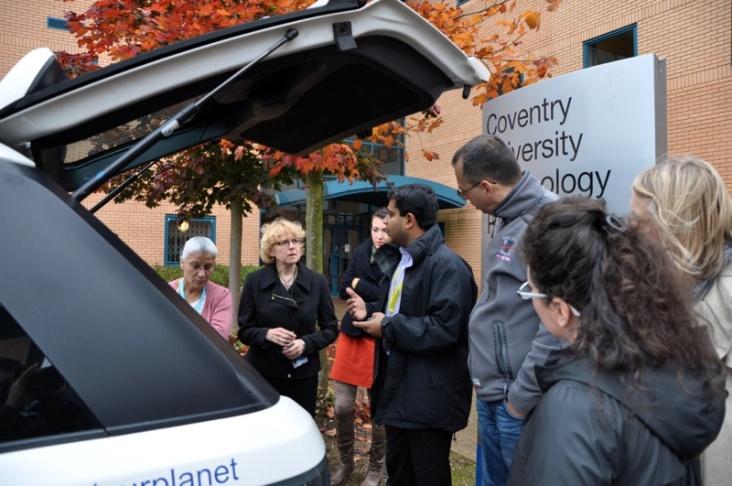First signs of life: The Inception of a Living Lab Kate Carter a and Mark Selby b a
University of Edinburgh, Architecture Environment and Technology b University of Edinburgh, Design Informatics
Abstract A Living Lab is supposed to offer an environment where users and producers cocreate innovations. So what happens when it is placed in a school class? Does chaos ensue? This paper presents the story of the opening phase of a Living Lab. Fundamentally, user-driven innovation is the aim of the Living Lab and successful co-design is an important element. The purpose of the innovation is to design new ways of reducing energy use by involving building users. School children are at the heart of this process. The challenges and processes of working with school children are discussed, and the difficulties faced in the co-design phase are explored. The maturity and skills of the children and social dynamics of the group affect the codesign process. A key consideration for the facilitators is the characteristics of the participants, and how to work with them most effectively. Keywords Schools, Energy, Design, Pedagogy 1 INTRODUCTION Learning from people as they use a building seems to be the most effective way of understanding how energy is used. Janda, (2011) argues that building users play a critical but poorly understood role in energy use in buildings and cites Orr (1997) for his belief that buildings can embed a curriculum as well as the classes that are taught there. Energy illiteracy and apathy have been linked to a general disregard for how energy is used in buildings (Newborough & Probert, 1994) and there is a growing sense that school aged children are the key to societal change in attitudes to energy consumption (Dias, Mattos, & Balestieri, 2004). This paper reports on the ‘opening’ phase of a Living Lab set up in two school buildings. This move is part of a larger project that is examining ways to reduce energy use by involving building user communities. The school buildings provide useful context for taking the Living Labs forward. The shared occupancy of the school over a number of years appears to give children a sense of ownership, and also a common responsibility for their space. The pedagogical effect of a building on educational progress is recognised by many authors (Flutter, 2006; Woolner, Hall, Higgins, McCaughey, & Wall, 2007), but the effect of the building on occupant energy use is far less understood. The Living Lab model offers potential for discovering ways for people to use energy in buildings more effectively. By working
138














